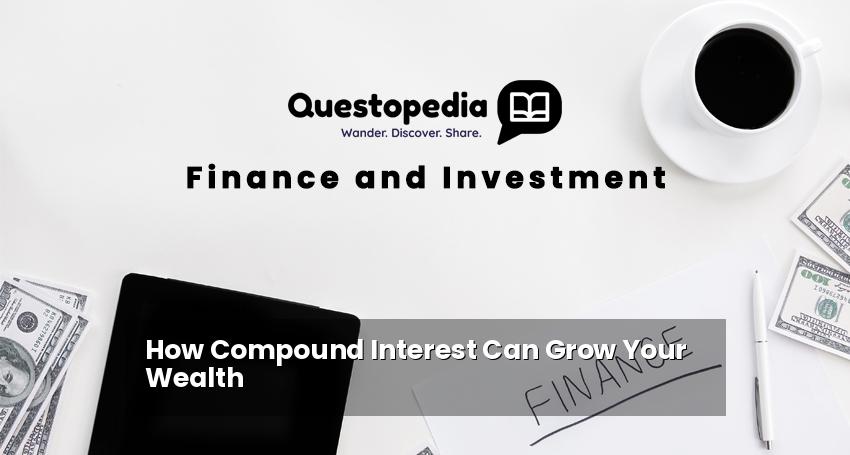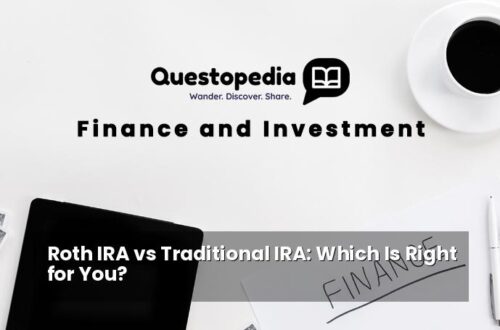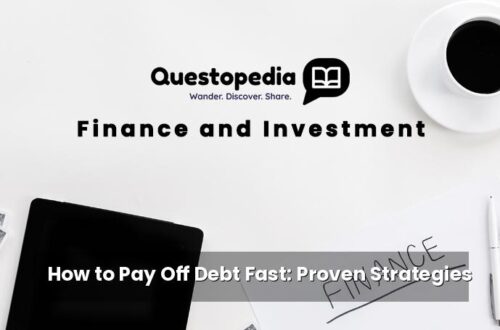How Compound Interest Can Grow Your Wealth
Understanding the power of compound interest is crucial for building long-term wealth. It’s often called the “eighth wonder of the world,” and for good reason. It’s the snowball effect in action, where your earnings generate more earnings, leading to exponential growth over time. This article will break down how compound interest works, its benefits, and how you can harness it to achieve your financial goals.
What is Compound Interest?
Simply put, compound interest is interest earned not only on the initial principal but also on the accumulated interest from previous periods. Imagine planting a seed that grows into a tree, which then produces more seeds that grow into more trees. That’s compound interest in action. It essentially allows you to earn interest on your interest. Think of it as your money making money, and that money making even more money! It’s this power of earning on your interest which ultimately contributes to your total investment amount over time. Learn about other interesting investment strategies on Questopedia.
The Formula for Compound Interest
The formula for calculating compound interest is:
A = P (1 + r/n)^(nt)
Where:
- A = the future value of the investment/loan, including interest
- P = the principal investment amount (the initial deposit or loan amount)
- r = the annual interest rate (as a decimal)
- n = the number of times that interest is compounded per year
- t = the number of years the money is invested or borrowed for
For example, let’s say you invest $1,000 (P) at an annual interest rate of 5% (r = 0.05), compounded annually (n = 1), for 10 years (t = 10). The calculation would be:
A = 1000 (1 + 0.05/1)^(1*10)
A = 1000 (1.05)^10
A ≈ $1,628.89
This means that after 10 years, your initial $1,000 investment would grow to approximately $1,628.89, thanks to compound interest. This is a significant difference compared to simple interest, which would only earn you $500 in interest over the same period.
The Benefits of Compound Interest
- Accelerated Wealth Growth: As highlighted in the example, compound interest significantly accelerates wealth accumulation compared to simple interest.
- Harnessing Time: The longer your money is invested, the more significant the impact of compound interest becomes. Early investing is crucial.
- Increased Earning Potential: Reinvesting the earned interest creates a snowball effect, leading to even higher returns over time.
- Financial Security: Compound interest can help you achieve long-term financial goals like retirement, buying a house, or funding your children’s education.
How to Maximize Compound Interest
Here are some strategies to maximize the benefits of compound interest:
- Start Early: The earlier you start investing, the more time your money has to grow. Even small amounts invested regularly can make a big difference over the long run. Check out resources such as Investor.gov for more information on getting started with investing.
- Invest Consistently: Regular contributions, even small ones, can significantly boost your returns. Consider setting up automatic transfers to your investment account.
- Reinvest Dividends and Interest: Don’t withdraw the interest you earn. Reinvest it to take full advantage of compound interest.
- Choose High-Yield Investments: While risk tolerance is a factor, explore investment options that offer competitive interest rates or returns.
- Minimize Fees: High fees can eat into your returns. Look for low-cost investment options. Index funds and ETFs often have lower expense ratios.
- Stay Invested for the Long Term: Avoid making emotional decisions to sell during market downturns. Stay focused on your long-term goals to allow compound interest to work its magic.
Examples of Compound Interest in Action
Retirement Savings: Contributing to a 401(k) or IRA early in your career can result in substantial retirement savings due to the power of compound interest. Tax-advantaged accounts further enhance these benefits.
High-Yield Savings Accounts: Consider high-yield savings accounts or certificates of deposit (CDs) to earn higher interest rates than traditional savings accounts. These are great options for risk-averse investors who are saving for a short-term goal.
Dividend Reinvestment Plans (DRIPs): DRIPs allow you to automatically reinvest the dividends you receive from stocks or mutual funds, accelerating your returns. You can find out more about DRIPs from reputable sources like NASDAQ’s information on DRIPs.
Potential Downsides: Compound Interest and Debt
While compound interest is a powerful tool for wealth creation, it can also work against you if you have debt. High-interest debt, such as credit card debt, can quickly spiral out of control due to compound interest. Prioritize paying off high-interest debt to avoid the negative effects of compounding.
Conclusion
Compound interest is a fundamental concept that empowers individuals to grow their wealth over time. By understanding how it works and implementing strategies to maximize its effects, you can significantly improve your financial future. Start early, invest consistently, and stay disciplined to reap the rewards of compound interest. Remember, time is your greatest asset when it comes to harnessing the power of compounding.






